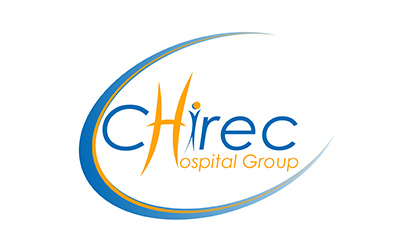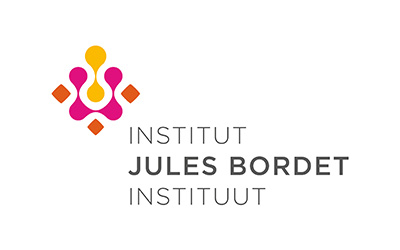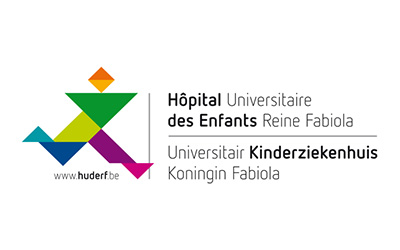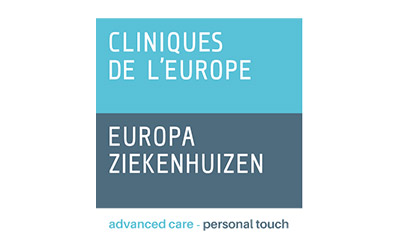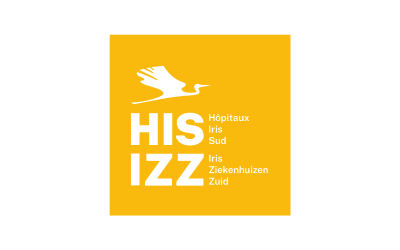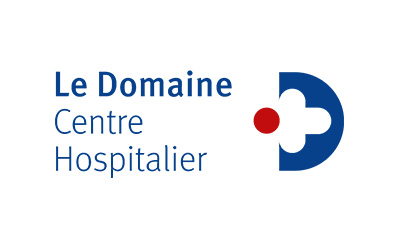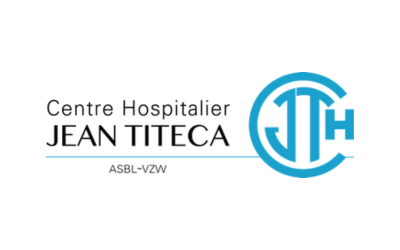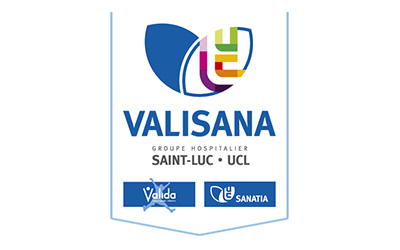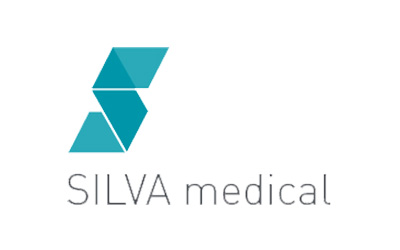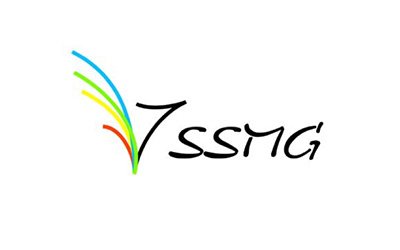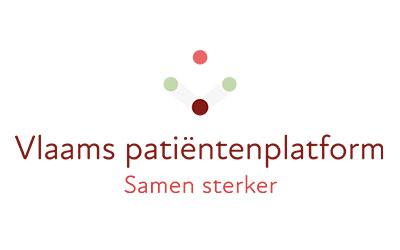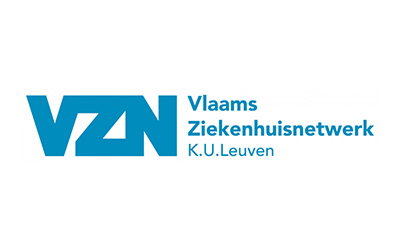Access conditions
The Brussels Health Network
A few essential prerequisites have to be met in order to access this shared information on the health network:
- The patient must have given his or her consent to the sharing of his or her data
- The health professionals must be in a therapeutic relationship with his or her patient for the continuity of care
- The procedure for access is determined according to the type of provider and must be adhered to (access matrix).
Informed consent of the patient
The patient’s informed consent for the sharing of health data for the continuity of care is required before his or her health care can be shared through the health networks by and between the different professionals who care for him or her.
This consent is National, so it is valid for all the e-health networks in Belgium and it is free of charge.
You can give your informed consent in different ways. Once you have given your consent, you do not have to give it again later on. Your doctor, pharmacist, hospital, immediately sees via its software if you have already given your consent.
You may withdraw your consent at any time in the same way you gave it or by using this pdf form.
Why is it called informed consent?
The data at issue are sensitive so it is essential for the patient to be fully aware of what such consent entails. The patient can withdraw his or her consent at any time.
Any change in consent status recorded in the institution is notified to the patient by e-mail in his or her citizen ebox.
The therapeutic relationship
What is a therapeutic relationship ?
The therapeutic relationship or link is an affirmation of a relationship of trust and care between the patient and the care provider.
There are as many therapeutic links as there are healthcare professionals who provide care for the patient. If the patient has given his consent, the creation of this link enables the healthcare professional to access your shared data, in accordance with the access defined for each professional according to its needs
The doctor creates this therapeutic relationship directly via the GP’s software during your consultation. If you wish, you can manage these links via the Brussels Health Network platform.
In order to exist, this “therapeutic relationship” must be proved: this being the case when you give your electronic identity card to the admissions department of a hospital, a health professional or a pharmacist.
What is the duration of a therapeutic relationship
The duration of the therapeutic relationship varies depending on the context of your care and the type of relationship you have with the health professional.
- If you have a long-term relationship with your GP or pharmacist, the period of access to your data by your doctor can be up to 15 months.
- If you are cared for by an attending nurse, the access period lasts 6 months.
- However, if you have occasional contact with a health professional, such as a physiotherapist or ambulatory care: the period of access to your data will be limited to a period of 3 months.
- And finally, an emergency room doctor will have access to your data for a period of 1 month.
How can these therapeutic links be managed?
Patients can manage these links via the Brussels Health Network portal.
However, you can add them yourself by clicking on the button “Add access authorization.”
If you want to terminate an existing therapeutic relationship before the end of its expiry date, click the red cross next to the name of the health professional in question.
Access matrix
There are national rules for accessing information from different sources (hospitals, health professionals, laboratories, etc.). These rules are known as the “access matrix,” which is defined and validated by the e-health platform. It pertains to the minimum access for each healthcare profession.
Broadly speaking, a doctor has access to all the information available, whether he or she is a general practitioner or a hospital physician. Conversely, pharmacists in hospitals will have access to all the information, whereas a dispensary pharmacist will have limited access.
In this matrix, some access is limited to certain professions or is partial to a part of a document.
Table legend
- Green “Yes” = Access.
- Grey “No” = No access.
- Yellow “Partially” = Detailed access in the matrix specific to SumEHR.
- Blue “Extended access”= Extended access if explicit patient autorisation.
- Orange “Limited”
- “Limited” = Access limited to documents issued by a professional in th same category or explicity classified as belonging to that speciality (typically the data issued by the corresponding hospital departements). (For example : a dietician accesses data published by dieticians and documents published as relating to dietetics by hospitals).
- “Limited*” = This principle of transversal access “by profession” is extended to nurses, physiotherapists, occupational therapists, speech therapists and dieticians). Access means that nurses, physiotherapists, occupational therapists, speech therapists and dieticians can access documents in all 5 categories.This principle of transversal access “by profession” is extended to nurses, physiotherapists, occupational therapists, speech therapists and dieticians).
- Line “Other (general rule)” = Describes access rights that are not explicitly described by another line.
- Line “Patient note” = Any note made by the patient other tha, a diary note. This covers, in particular, the “Summary of health declared by the patient” and the “BeCoag” passport made available to haemophilia patients who so wish via the BeCoag portal.
Partners
The Brussels Health Network brings together all public and private Brussels hospitals as well as the French and Dutch speaking associations of general practitioners in Brussels (FAMGB and BHAK). We are the ideal partner for any project related to e-health in the Brussels region.



